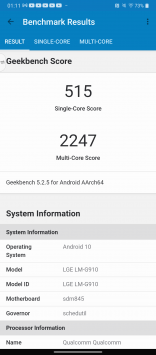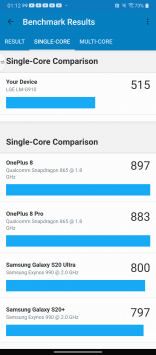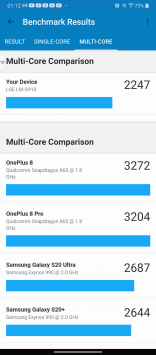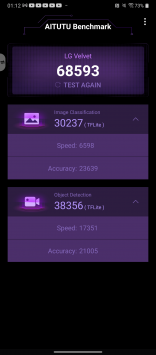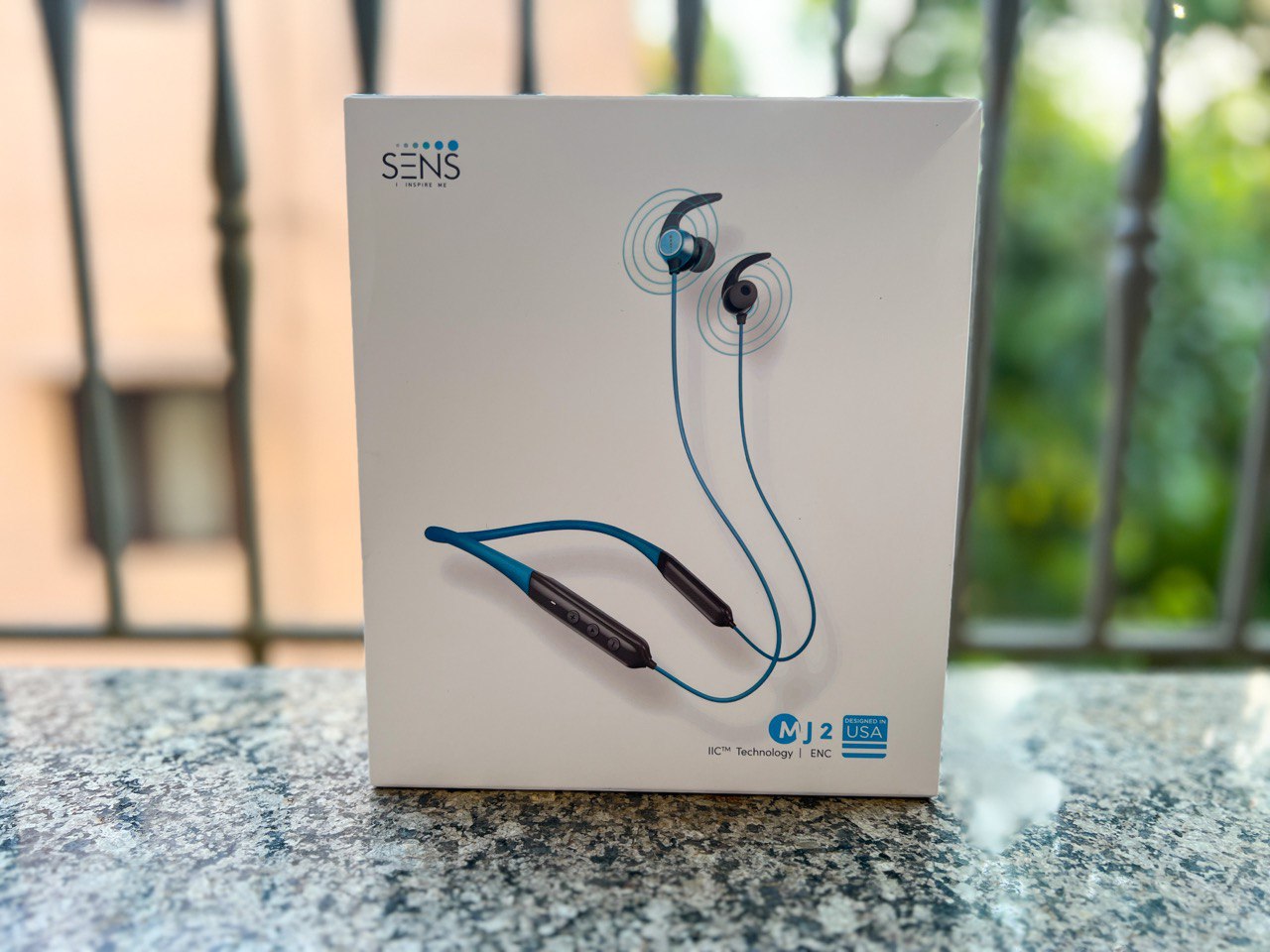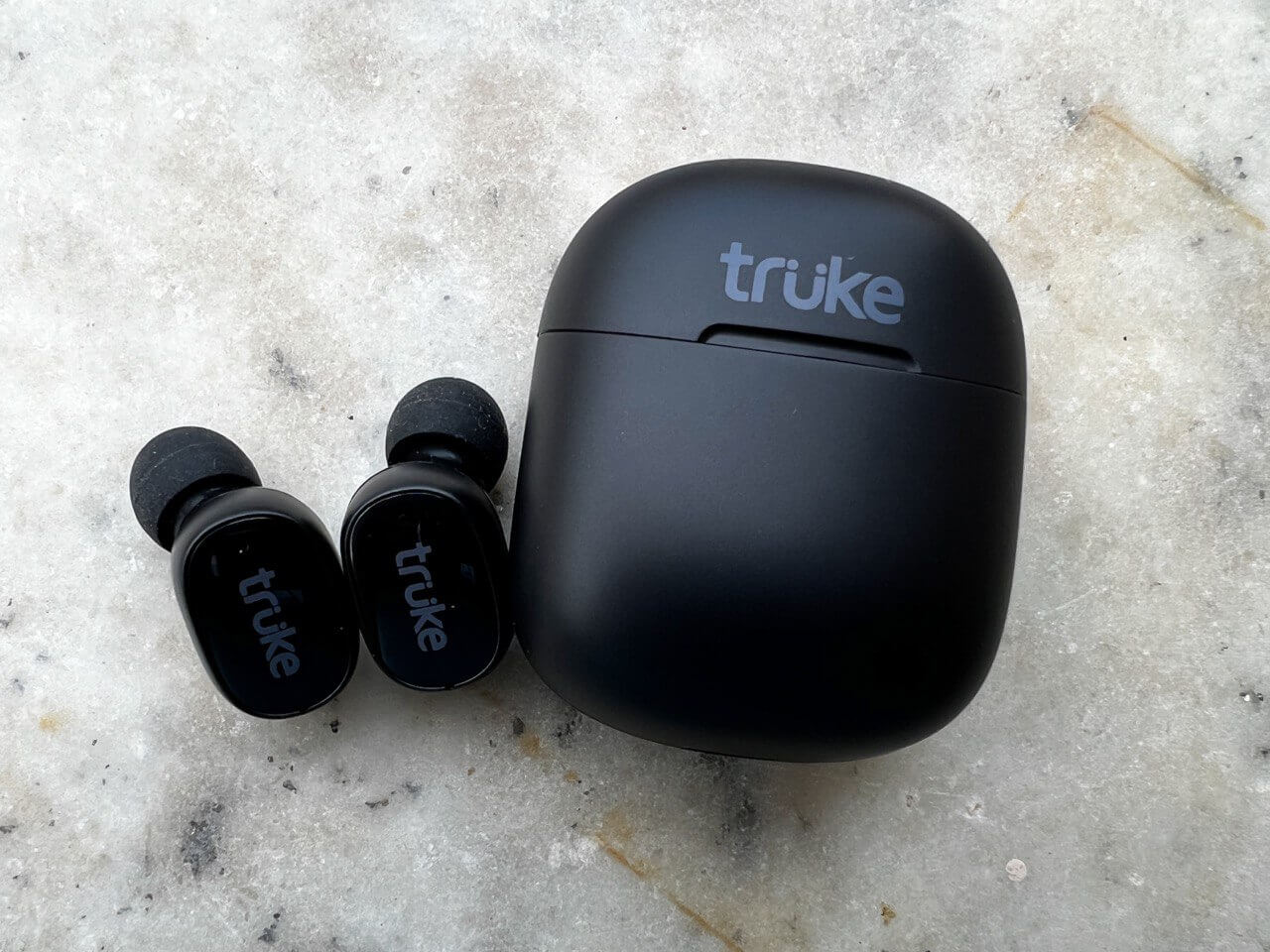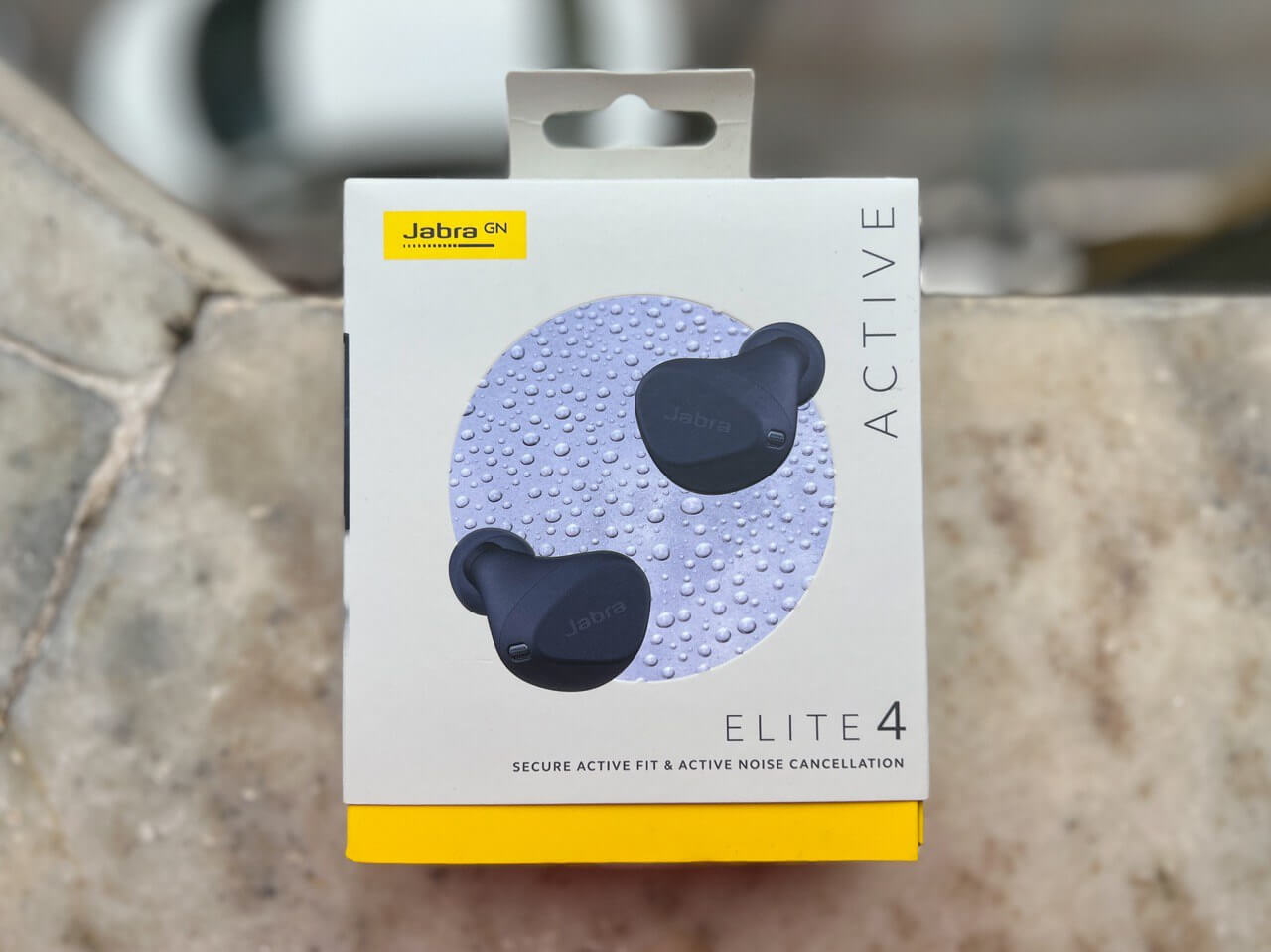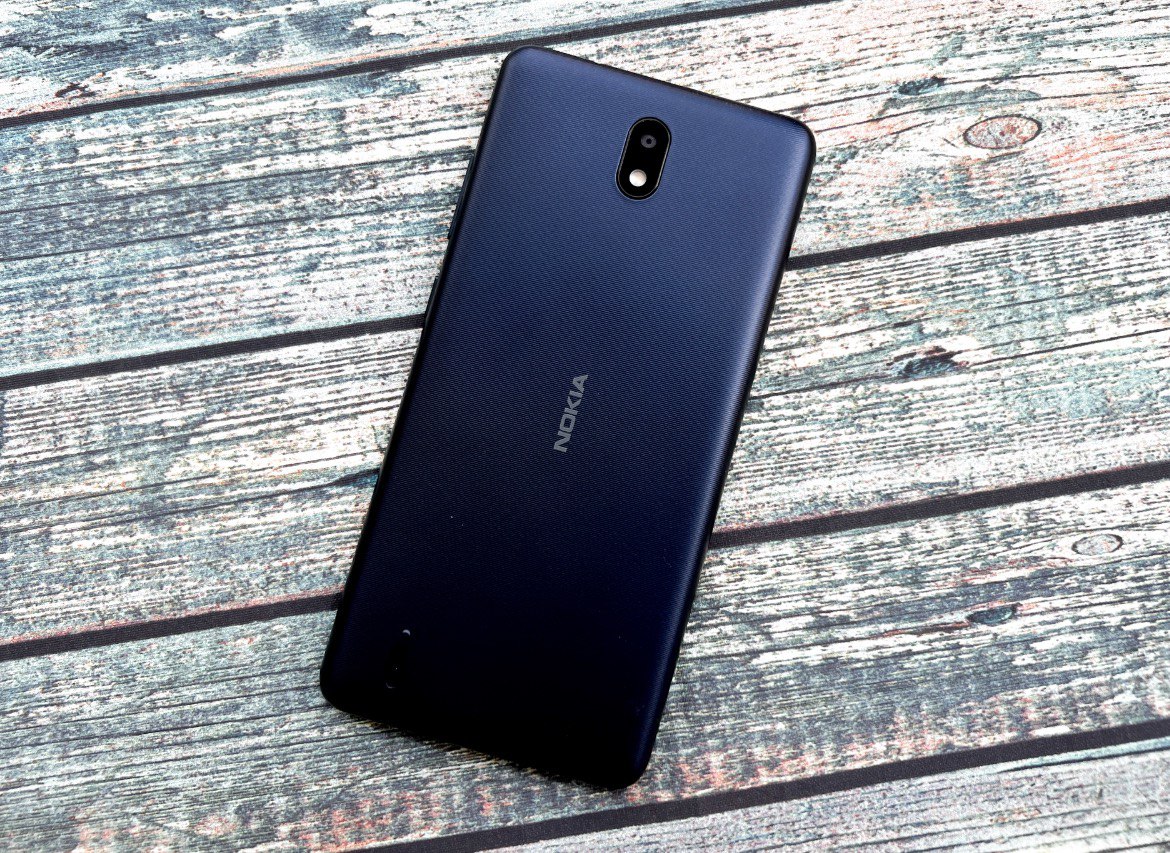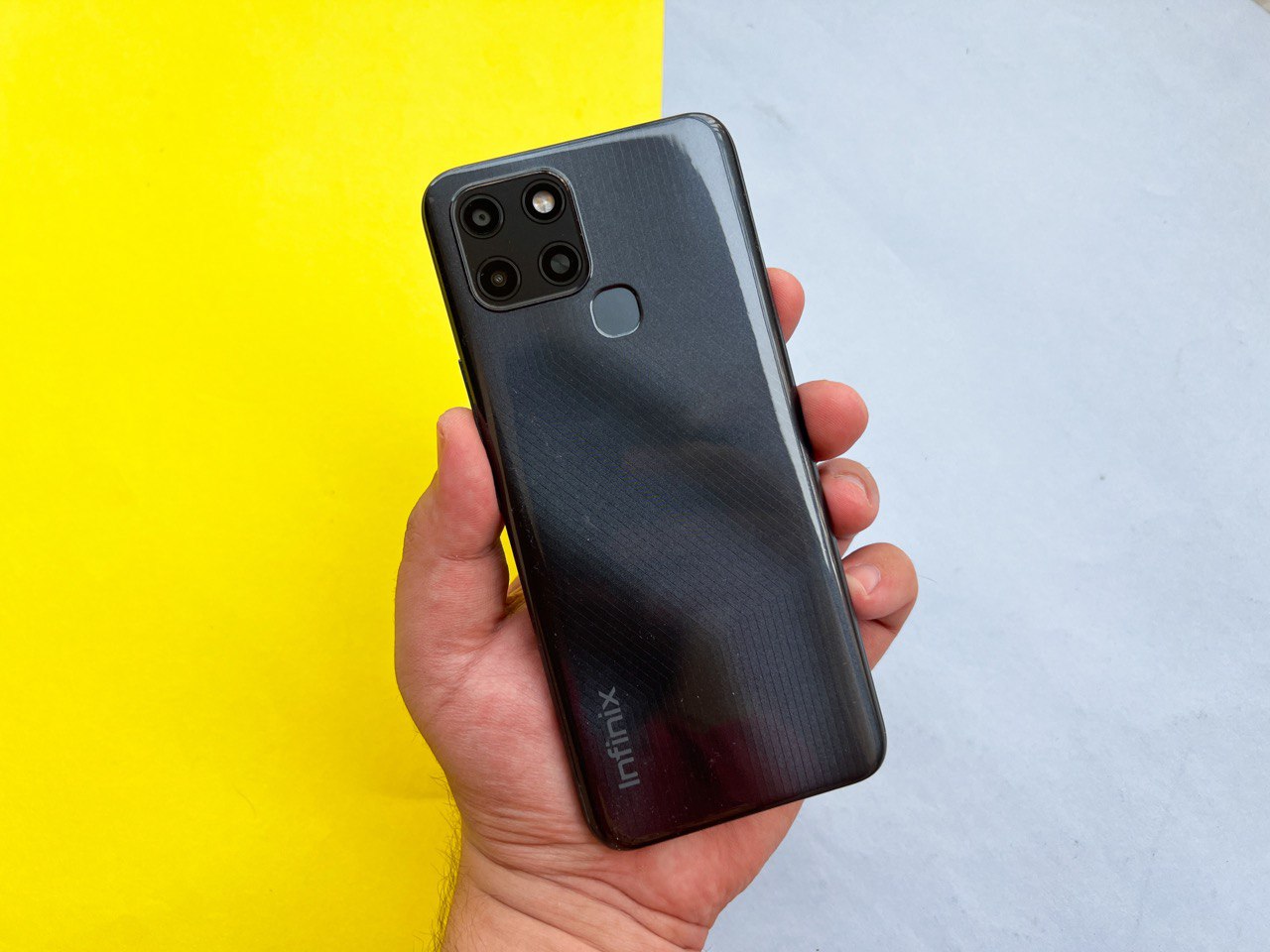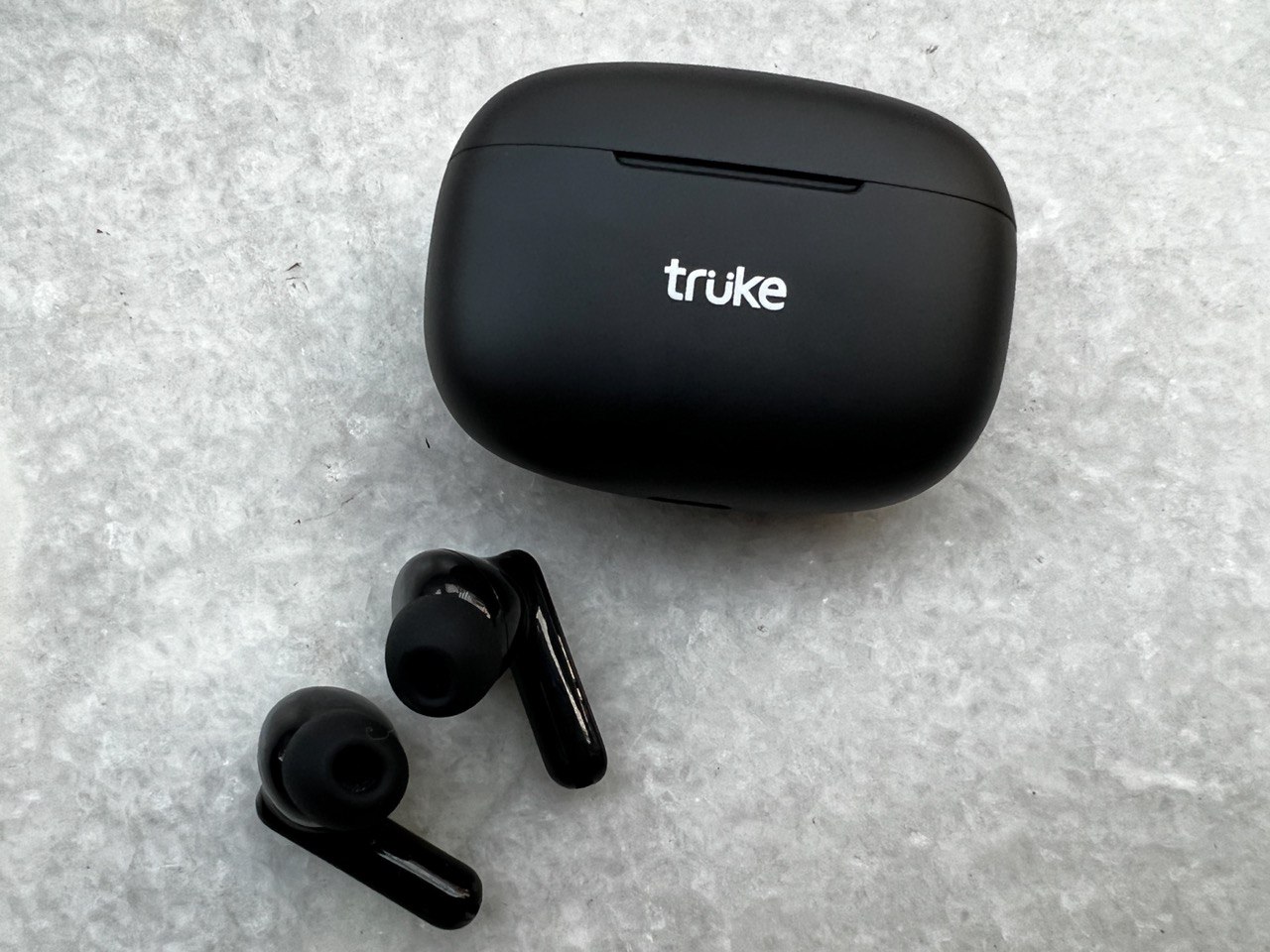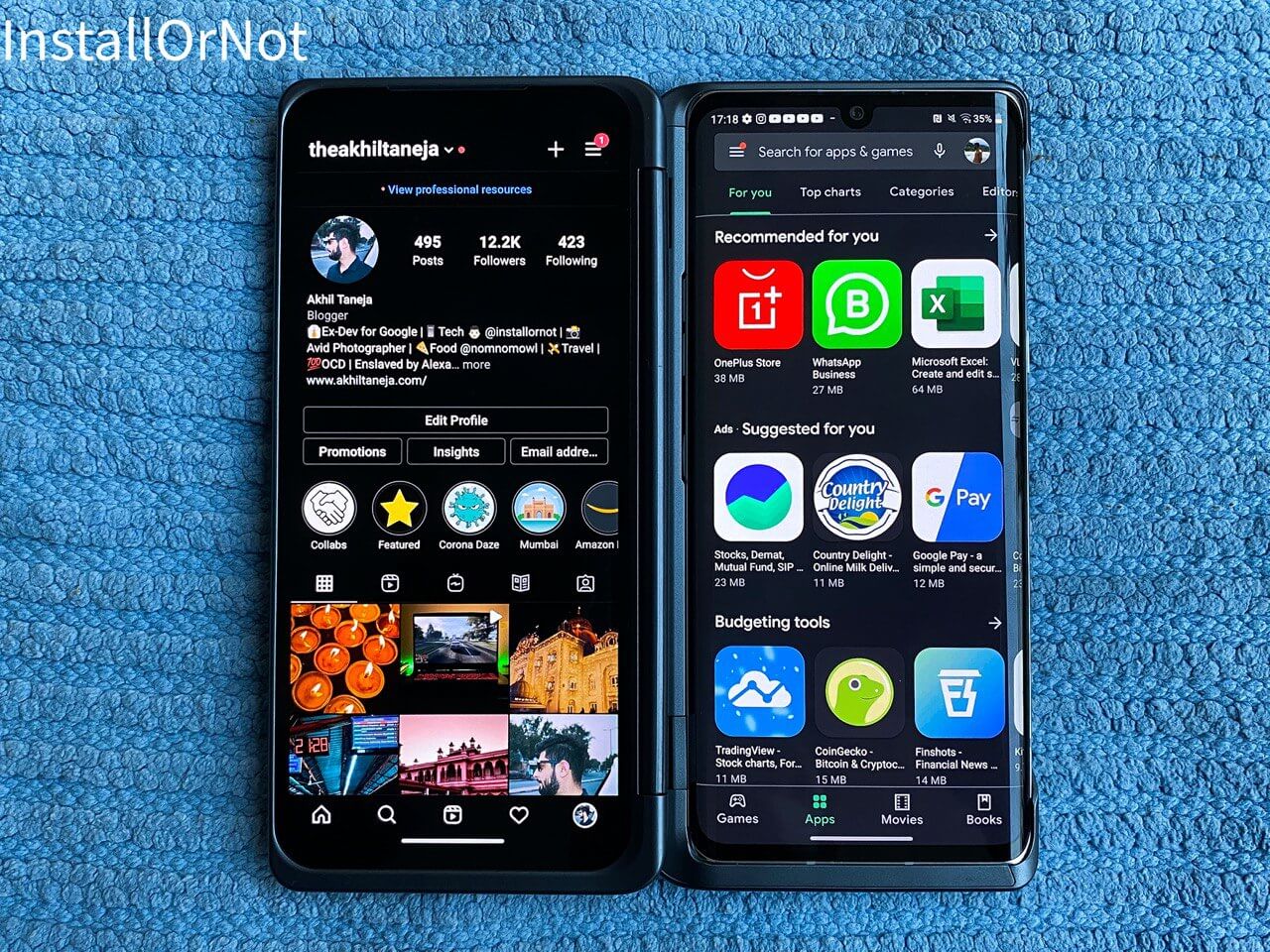

LG recently announced their new generation of foldable smartphones, the LG Wing and the LG Velvet. These smartphones are experimental alternatives to foldable devices, that LG is trying to offer at a lower price point. The LG Velvet Dual Screen smartphone is an easy implementation of a dual-screen smartphone with an option to convert the smartphone into a dual-screen smartphone with just a snap of a dual-screen case.
We have been using the LG Velvet with the Dual Screen accessory for quite some time now and here are our 2-cents for the device.
Design and Aesthetics
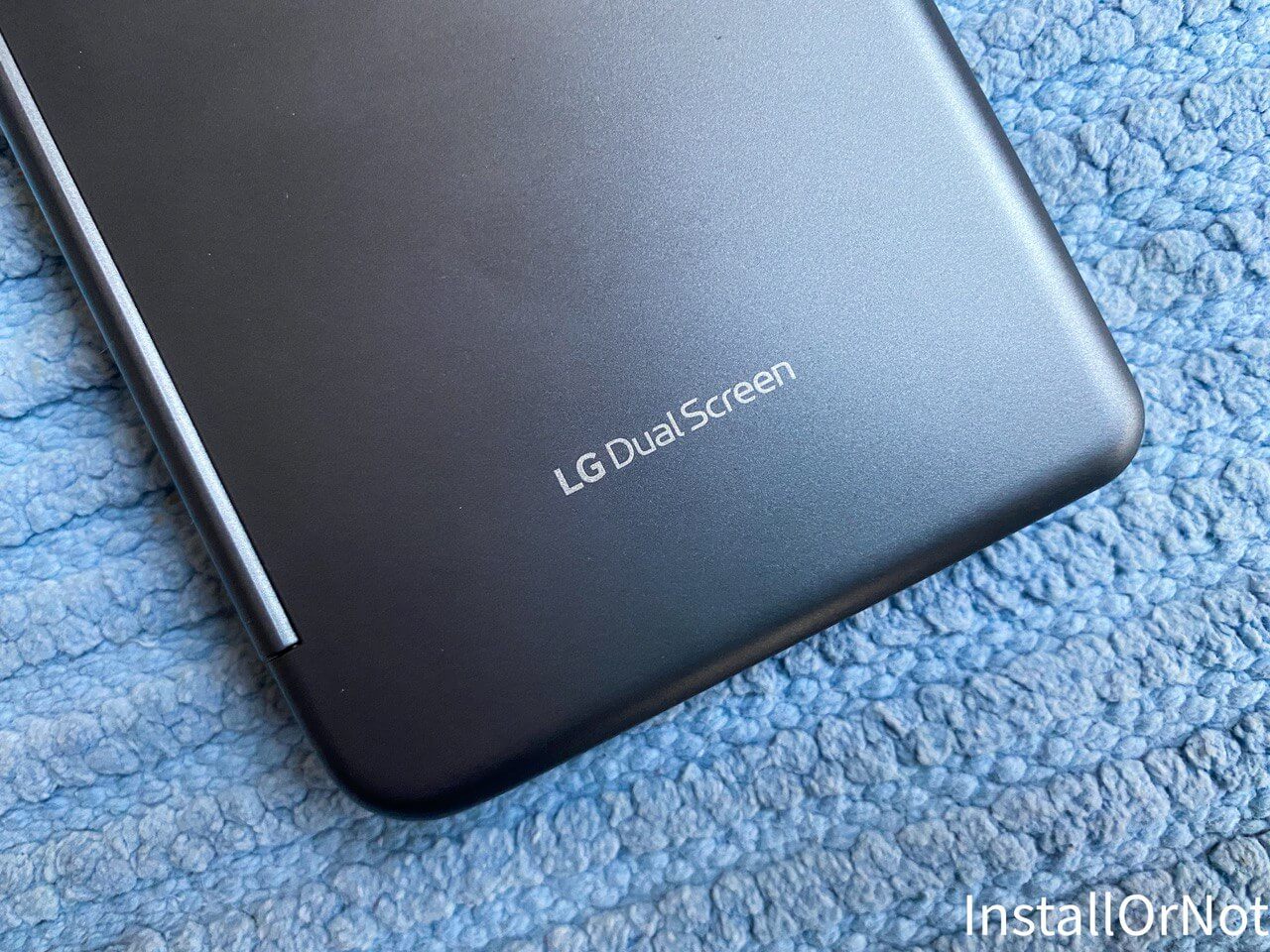

The LG Velvet Dual smartphone does look very similar to the LG G8X ThinQ that was launched earlier this year. At the front, we have a 6.8-inches display with a 20.5:9 aspect ratio, which makes the LG Velvet tall but narrow. As a result, holding this smartphone isn’t a problem but reaching the top of the display definitely is.
The display has minimal bezels and it gets curved around the edges and the back of the device also curves around the edges. This makes the device feel comfortable to hold and with all-metal housing, the device feels premium to hold in hand.
The back panel looks stunning with its glossy finishing along with rainbow spectrum observed at different angles. However, if you need a subtle looking smartphone, you can go for the Black color variant as well.
Moreover, the rear camera setup looks pretty dope, owing to the 3 sensor’s arrangement in a unique style. Also, there is an in-display fingerprint sensor that is well-positioned, making it easy to unlock the smartphone. Talking about the placement of the buttons on the device, on the right-hand side you have the power button while the volume buttons and the dedicated Google Assistant button are on the left, and they’re all easy to reach. The SIM tray is on the top along with the secondary microphone, whereas the USB Type-C port, loudspeaker, and 3.5mm headphone jack are at the bottom.
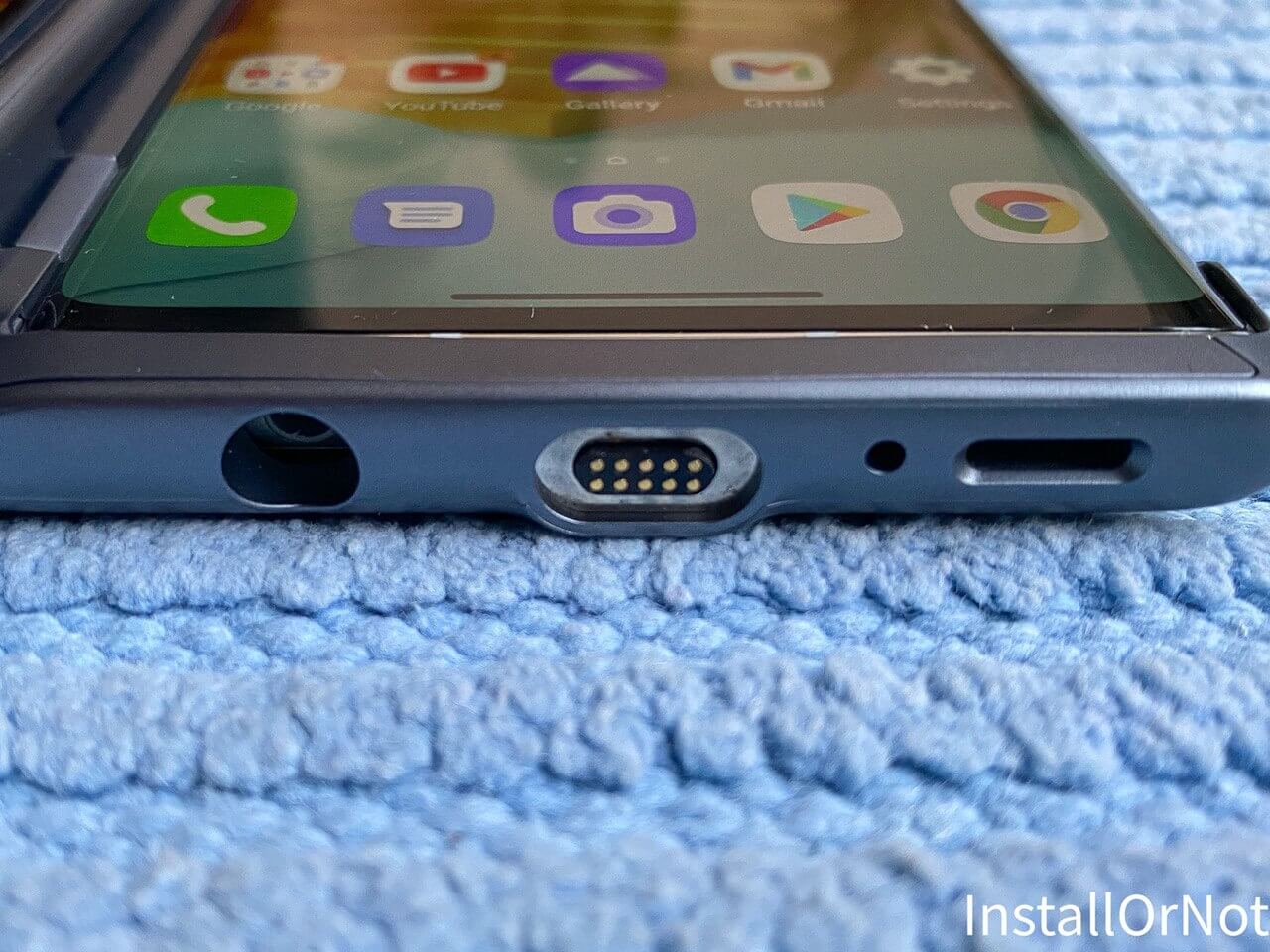

LG Velvet Specifications
- 6.8-inch P-OLED display | 2460 x 1080 pixels | 60Hz refresh Rate | Same Specs for the Dual Display sans the front Camera
- Qualcomm Snapdragon 845 SoC | Adreno 630
- 6GB of RAM and 128GB of storage
- Hybrid Dual SIM (Nano-SIM, dual stand-by)
- IP68 dust/water resistant
- 48 MP, f/1.8, 26mm (wide), 1/2.0″, 0.8µm, PDAF | 8 MP, f/2.2, 120˚, 15mm (ultrawide), 1/4.0″, 1.12µm | 5 MP, f/2.4, (depth)
- Bluetooth 5.1 | USB Type-C | Fingerprint (under display, optical)
- 4300 mAh Non-removable battery
- Fast charging 15W | Fast wireless charging 9W | Quick Charge 3.0
Display
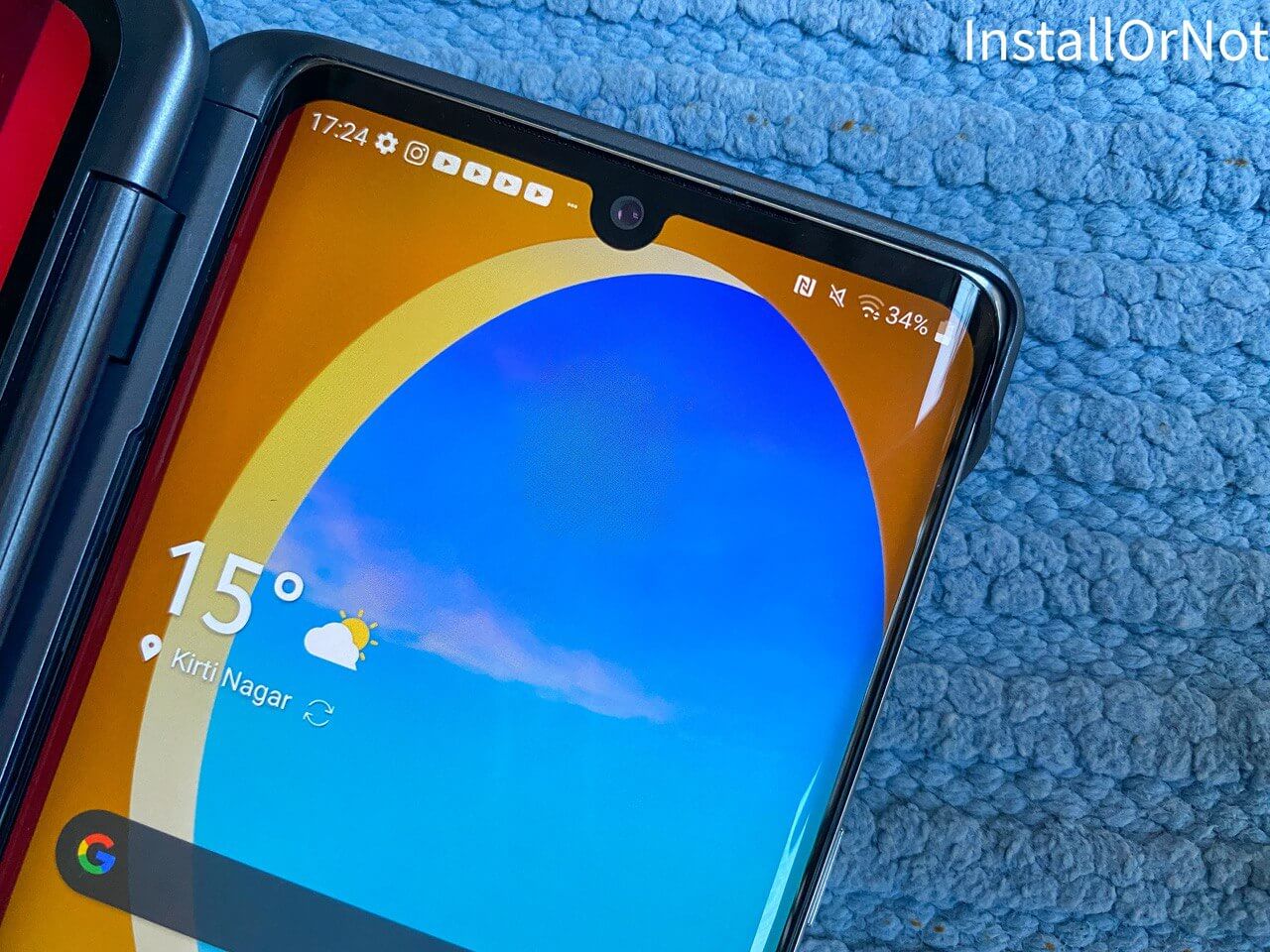

The main screen of the LG Velvet Dual is a 6.8 inches P-OLED panel. The screen resolution is capped to 1080p, implying that you can watch content on Netflix and Prime in FHD resolution. Its tall 20.5:9 aspect ratio display inspires the tall body design. Although the bezels around the display are quite thin, the dewdrop notch on the top might seem annoying for some of us. The screen to body ratio seems good too, at least on paper, as it is claimed to be 88.7%. The pixel density on the primary screen stands at 395 PPI, and an in-display fingerprint scanner is present beneath the panel.
While most flagships offer a 120Hz refresh rate, this one has a standard 60Hz panel which can be a deal-breaker for anyone.
LG Velvet Dual Screen accessory
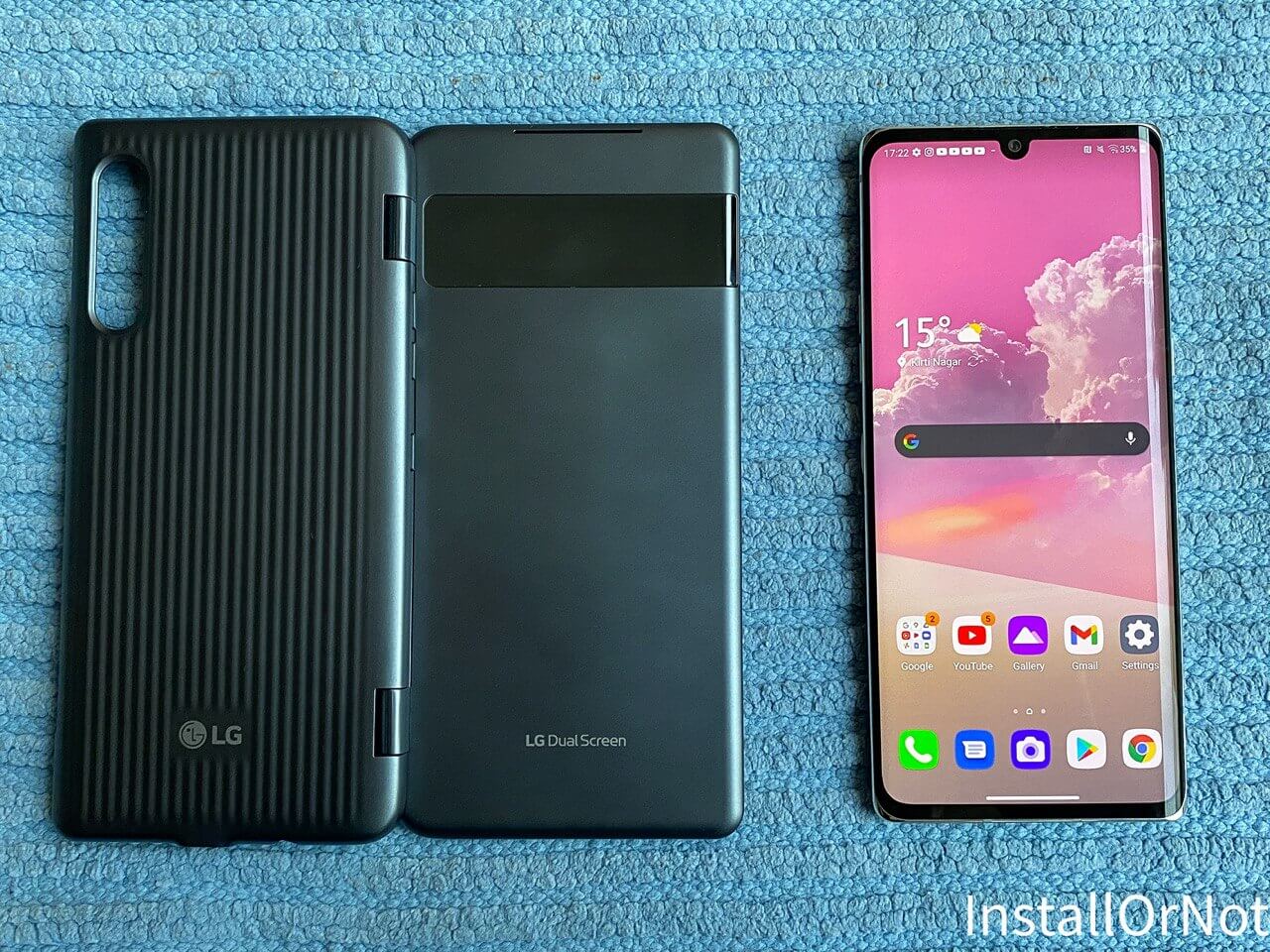

The specifications of the accessory display is the same as the main display and the only difference being that the second display has a dew-drop cutout but it does not have a camera and is only there for symmetry.
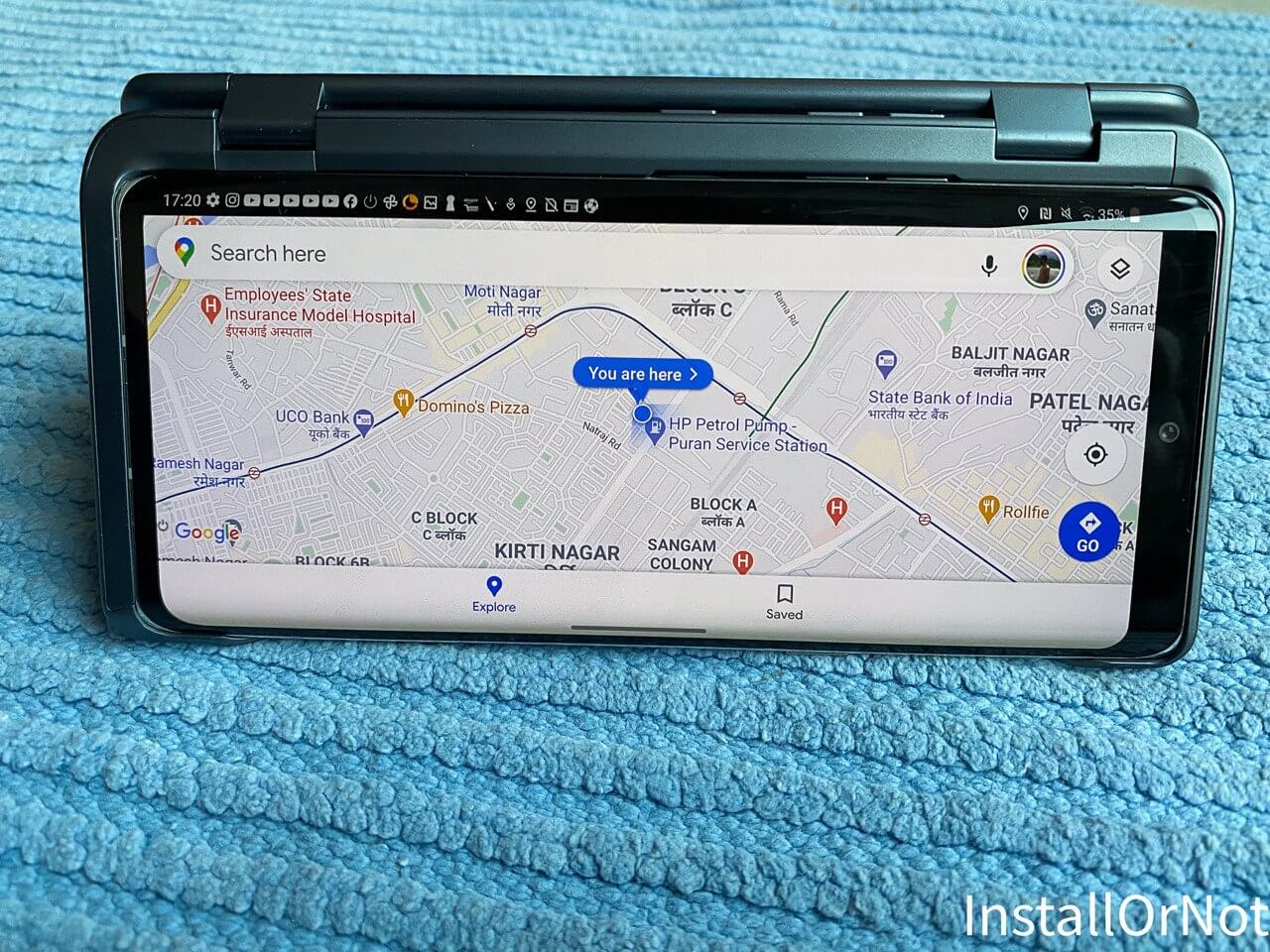

There is also a dual apps mode where you can run two apps simultaneously on both displays. We used Gmail and YouTube simultaneously on both the screen and it was mind-blowing. We squashed tons on unread emails while watching Youtube videos on the secondary display.
Although this implementation is fine as for 2020, but Android OS definitely is not optimized for multiple displays and this should get optimized in the next major OS upgrade.
Performance
The device takes a hit in terms of performance. It has got the age-old Snapdragon 845 SoC on board with 6 GB of RAM. Considering the competition, such as the OnePlus 8T and ROG 3 that offer the latest SD-865 series chipset, gamers should avoid buying this one. It is quite interesting to note here, that the European market has got the smartphone powered by the Snapdragon 765G chipset, which is slightly more efficient and has support for 5G bands as well.
There’s only one variant available in the Indian Market, i.e 6GB +128GB. However, the device has a dedicated Micro SD card slot that can be used to expand its storage.
The overall performance of the device is decent though, as it can handle daily tasks easily. Playing graphic intensive games on the LG Velvet Dual is very much possible, but it is still far behind the competition. Considering the 2-year old 10nm chip used on the smartphone, the battery efficiency is, too, not that great.
LG has managed to keep up with the competition in terms of battery capacity while maintaining its innovative design. The Velvet Dual smartphone packs a 4300 mAh battery along with a USB-C charging port. It is one of the few premium smartphones of 2020 to feature our dear 3.5mm headphone jack.
LG has an audio enhancement called 3D Sound Engine which makes a noticeable difference to audio quality. The in-display fingerprint scanner is quick and never needed more than one attempt to work.
Camera
The LG Velvet Dual has a triple rear camera setup, with the primary sensor being a 48 MP with f/1.8. There is an 8MP ultrawide lens with 120° FoV, and a 5 MP depth sensor for portrait shots. On the front, we have a 16MP lens for selfies.
LG phones have generally faired well in the camera department and the Velvet holds up to the company’s reputation. We took the camera for a spin outdoors and the Daylight performance is very satisfactory with crisp detailing even in a bright daylight environment. The focus mechanism of the camera is really accurate and the shutter speed is just as fast too. While Samsung phones tend to introduce more saturation in the shots, LG’s color science with the Velvet sways in favor of balanced hues.
Comparing the HDR performance, the results were decent enough, not Google Pixel levels of HDR boost, but overall the camera performance is decent and is much better than the OnePlus 8T which is priced at a similar price segment.
What Else?
Along with the innovative dual-screen design, the LG Velvet Dual packs some other flagship-level features too. It has an IP68 water-resistant design, and a set of dual-speakers speakers too.
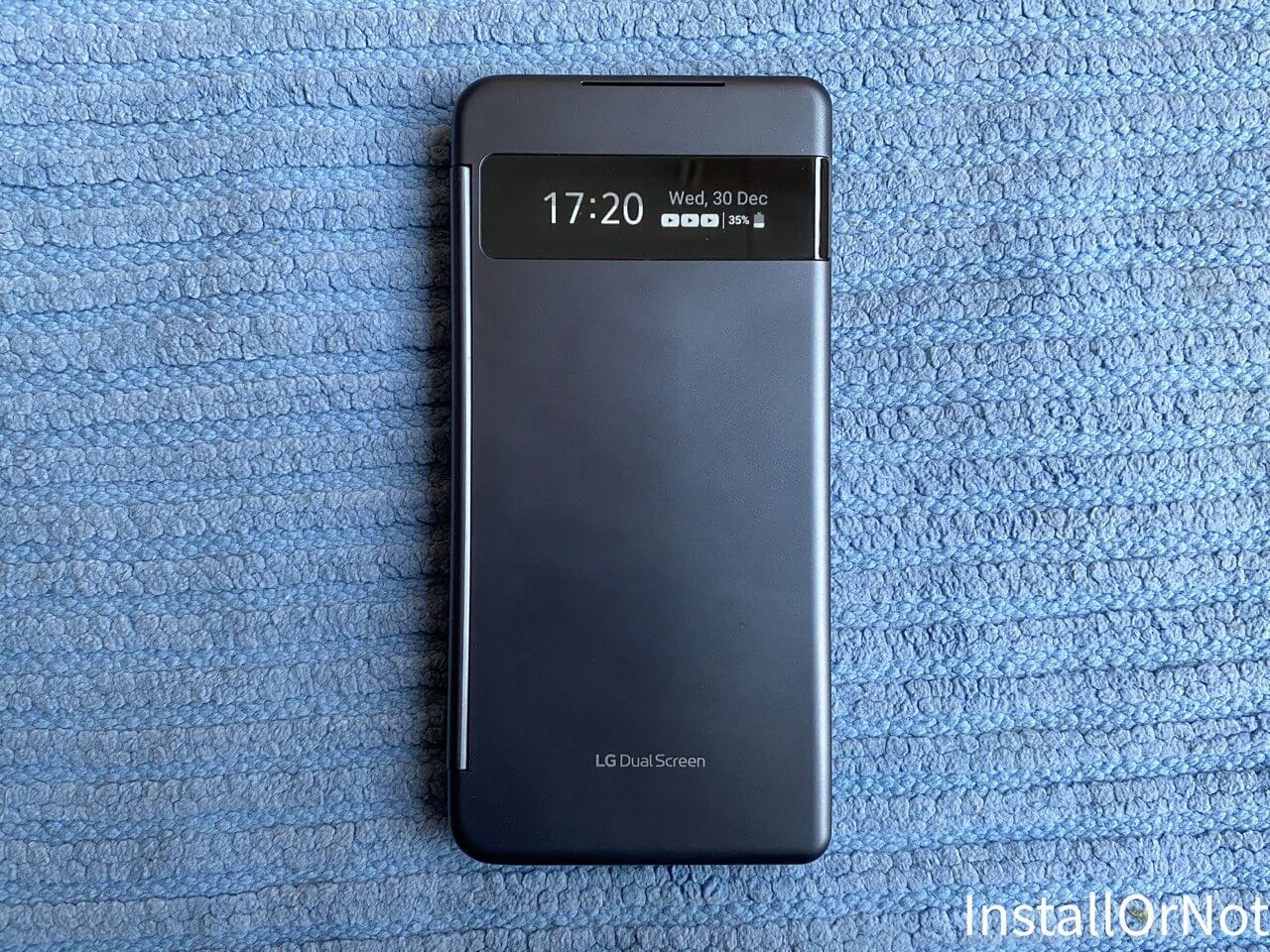

Verdict
The LG Velvet Dual smartphone is not for everyone, to be honest. While its unique form factor might attract many of us, it lags behind the competition in terms of dated hardware.
You can consider buying the OnePlus 8T as well, as it offers a 120Hz display, better-charging speed, and most importantly, the mighty Snapdragon 865 chipset. If you are ready to live with the compromises listed above, then the LG Velvet Dual is a great smartphone to go for.
The LG Velvet is priced at Rs. 36,990 in India on its own, and it can be bought along with the dual-screen accessory for Rs. 44,990. The accessory on its own costs Rs. 13,000.
PROS
- Impressive OLED Display
- Great Set of Cameras
- Dual Screen, and Optimized Software for it.
- Premium Build Quality
CONS
- Dated 2-year old Processor
- Lacks a Telephoto Lens
- No High Refresh Rate Display
- Old Styled Waterdrop Notch
- Software Implementation of Dual-Screen functionality still lacks a lot of features

